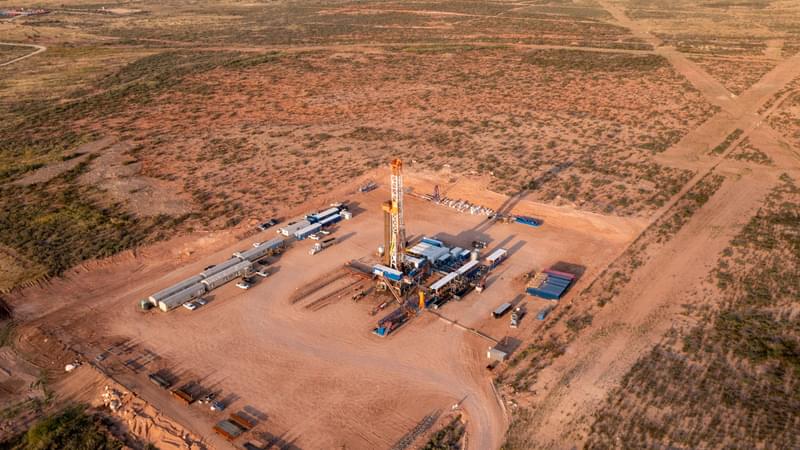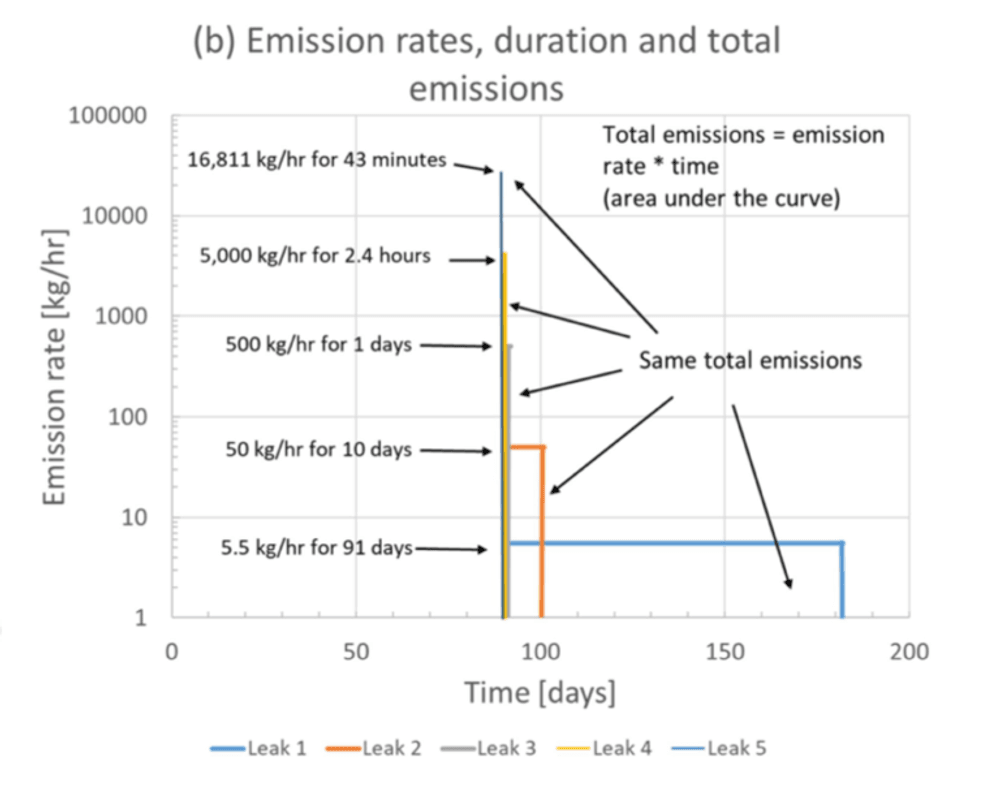Two new studies highlight the need for frequent methane emission surveys

There were two recent additions to the mountain of scientific evidence supporting the notion that the most efficient way to slash emissions is to frequently check for large leaks and eliminate them.
The first study, by ExxonMobil’s own Felipe Cardoso-Saldaña, Tiered Leak Detection and Repair Programs at Simulated Oil and Gas Production Facilities: Increasing Emission Reduction by Targeting High-Emitting Sources examines how to apply multiple technologies in concert to reduce leaks as cost effectively as possible.
Curious as to why fixing big leaks is so important? Read more here.
When it comes to leaks, especially the largest ones, time is of the essence. In order for a leak mitigation program to be effective, it needs to identify where the emissions are coming from and direct action on the ground fast. This is best accomplished using fast, low-cost screening methods to direct more sensitive ground follow-up resources, like crews with handheld optical gas imaging (OGI) cameras. The study author says it perfectly:
“Results show that strategies that quickly detect and fix high-emitting sources while decreasing the frequency of OGI inspections, which find the smaller emissions, achieve higher reductions than quarterly OGI and, in some cases, reduce emissions further than monthly OGI.”
To illustrate this, the author compares leaks of different sizes and durations.

Each leak represented in this chart is responsible for the same total emissions. But what’s very, very different are the leak sizes and durations. This shows how important it is to chase the largest emissions and focus aggressively on them first.
But how many large leaks are there, really?
The latest study seeking to answer this question, authored by a team of scientists at the satellite company GHGSat, is called Analysis of a tiered top-down approach using satellite and aircraft platforms to monitor oil and gas facilities in the Permian basin. The study uses satellite and aircraft measurements from just shy of 5,000 sites to evaluate where emissions are coming from and compare leak mitigation strategies. It follows on the heels of work out the Permian and other key producing regions showing similar large emission trends.
The authors find that when they compared using more frequent aerial and satellite-based measurements of emissions, leak detection programs were far more effective compared to ones relying solely on infrequent ground-based measurements like OGI surveys.
In their words, “When compared to the [practice] of performing OGI surveys four times per year, the proposed alternative LDAR programs were modeled to have at least equivalent methane reduction performance while being substantially more cost-effective.”
Why? Because fixing large leaks is just that important.
The reality is that most sites don’t have significant emissions that would be visible to an aircraft or a satellite. But those sites that do have emissions big enough to be detected contribute the bulk of cumulative emissions. And of those, the study finds that “12% of emitting sites accounted for over 50% of the total emissions detected.”
These two papers serve as excellent reminders of how anyone looking to deploy their people and capital effectively needs to think about what makes a leak detection program effective. Reducing emissions in a cost-effective manner requires prioritizing the biggest leaks first, because at the end of the day, they’re what’s driving your total emissions impact.